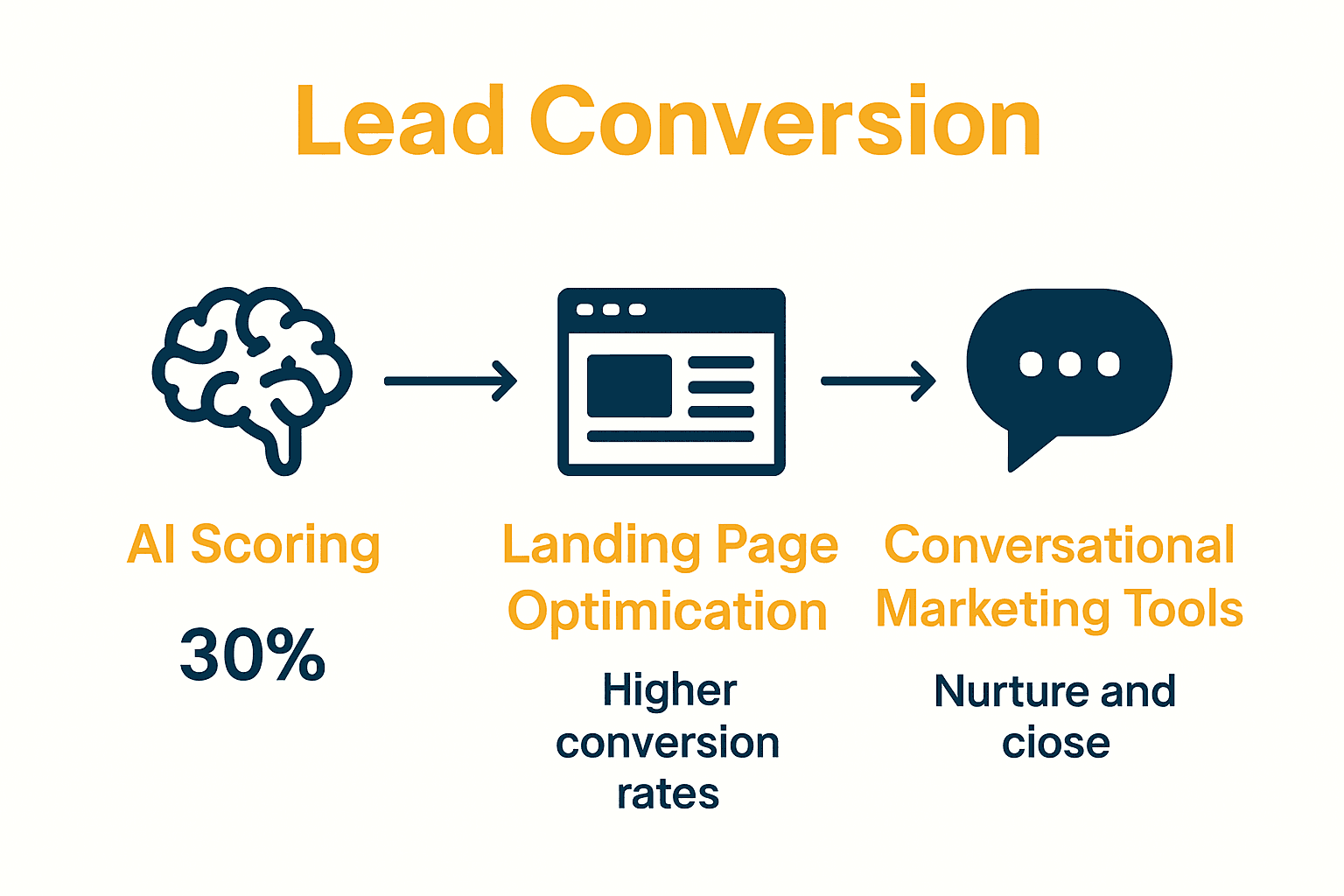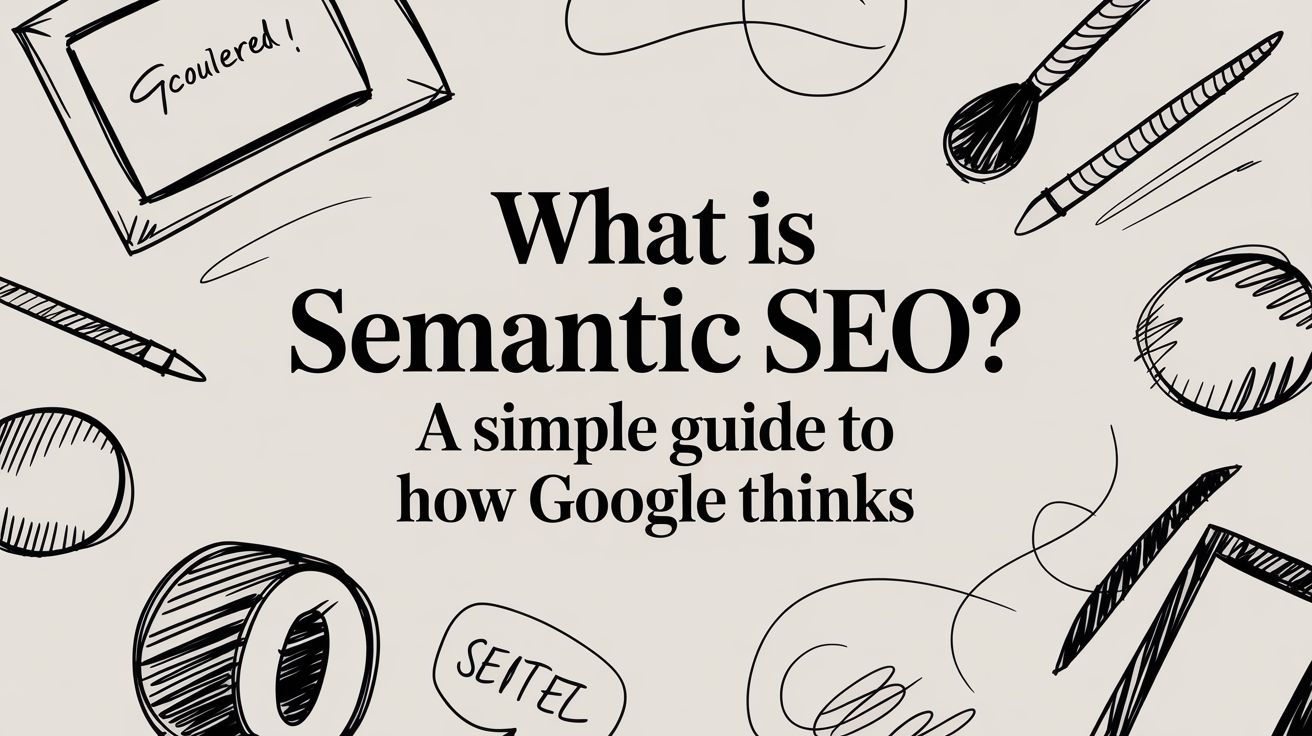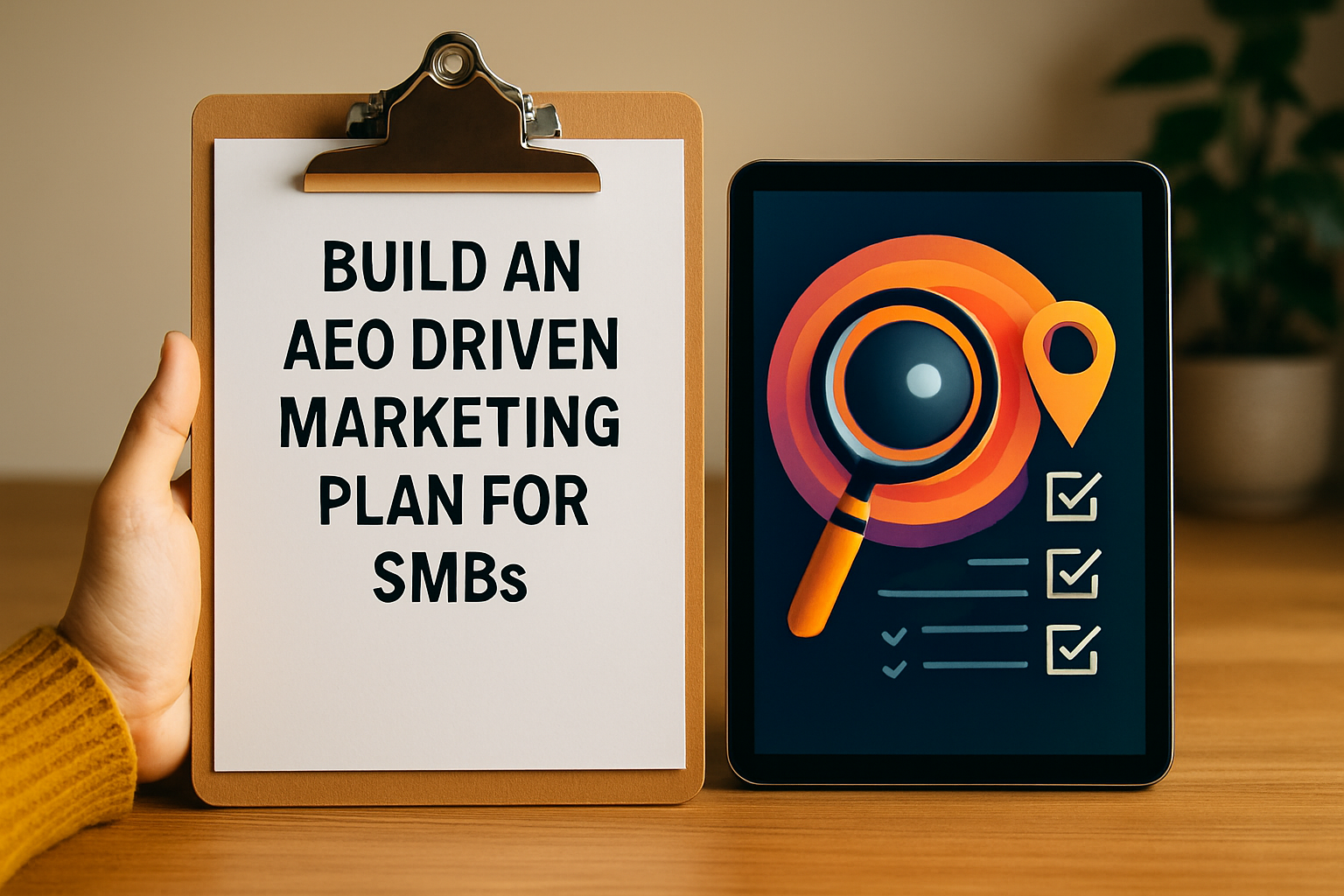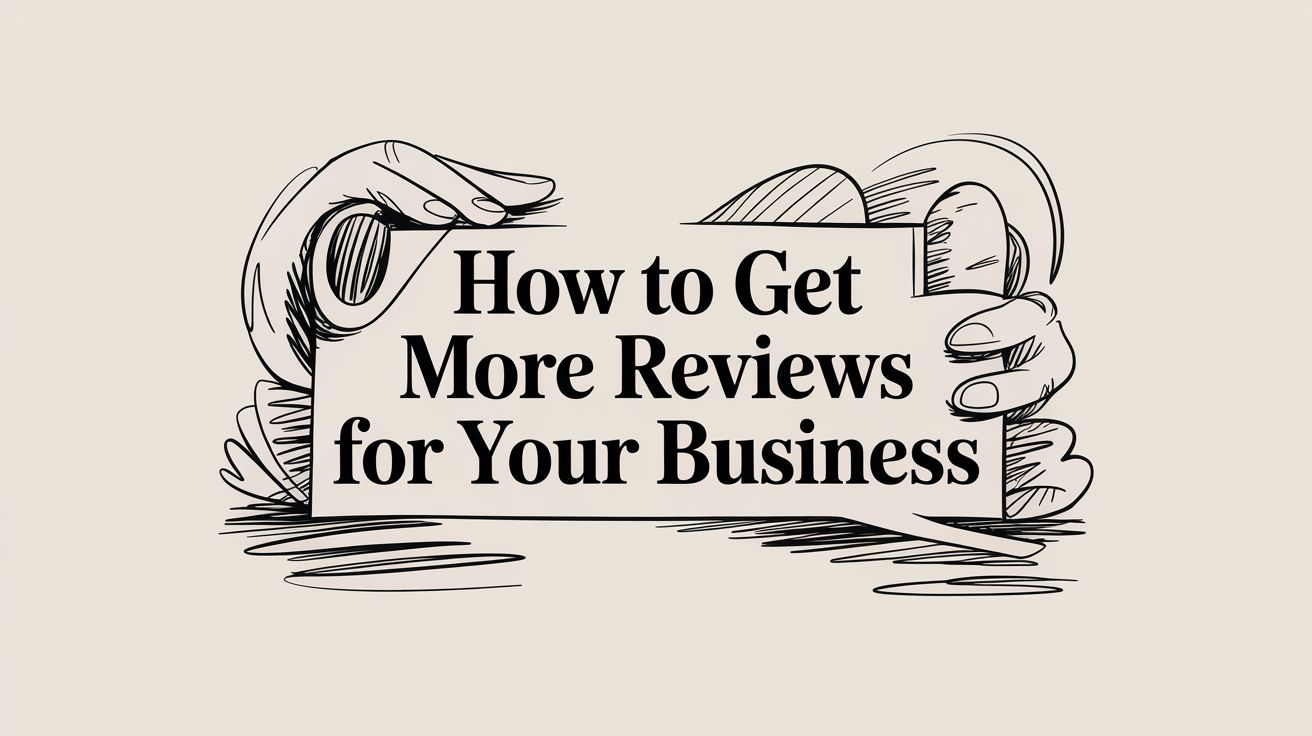Lead Conversion Optimization: Complete Guide for 2025

Did you know that companies optimizing lead conversion can see up to a 50 percent increase in qualified leads? Attracting visitors is only half the battle. Turning them into loyal customers is where success truly begins. With smart strategies and the right tools, every step in the customer journey becomes an opportunity to build trust and achieve real growth.
Key Takeaways
| Point | Details |
|---|---|
| Lead Conversion Optimization | Focus on enhancing customer interactions to reduce acquisition costs and improve conversion rates. |
| Key Strategies | Utilize personalized communication, streamlined forms, and intelligent CRM tools to drive engagement and conversions. |
| Technology Integration | Employ AI-driven tools and comprehensive platforms to improve lead nurturing and data management. |
| Common Pitfalls | Avoid complexity in forms and landing pages, ensure content quality, and prioritize personalization in marketing efforts. |
Table of Contents
- Defining Lead Conversion Optimization Fundamentals
- Types of Lead Conversion Strategies Explained
- How Conversion Optimization Works in Practice
- Essential Tools and Technologies Used Today
- Common Challenges and Mistakes to Avoid
Defining Lead Conversion Optimization Fundamentals
Lead conversion optimization transforms how businesses attract, engage, and convert potential customers by systematically improving every interaction in the customer acquisition process. According to AdaGlobal Research, this strategic approach focuses on refining critical touchpoints that guide prospects from initial interest toward making a purchase.
Understanding the purchase funnel is essential to this process. As outlined by Wikipedia’s research, the customer journey moves through distinct stages: awareness, interest, and decision. By mapping these stages, businesses can craft targeted strategies that smoothly transition leads through each phase. Key optimization techniques include:
- Personalizing communication
- Streamlining lead capture forms
- Implementing intelligent CRM tracking
- Using compelling social proof
- Creating targeted landing page experiences
The ultimate goal of lead conversion optimization goes beyond simply attracting prospects. It’s about reducing customer acquisition costs, improving conversion efficiency, and creating a seamless, engaging pathway that transforms interested visitors into committed customers. By continuously analyzing and refining each interaction, businesses can develop more intelligent, responsive marketing approaches that resonate with their target audience’s specific needs and preferences.
Types of Lead Conversion Strategies Explained
Lead conversion strategies represent a sophisticated toolkit for transforming potential customers into committed buyers across multiple digital channels. According to Personizely’s Research, businesses have an array of powerful techniques to capture and nurture leads effectively, ranging from email marketing to advanced digital engagement methods.
Digital Marketing Channels play a critical role in lead conversion. As highlighted by Skovian’s Strategic Insights, modern conversion strategies leverage multiple innovative approaches:
- Email Marketing Nurturing Sequences
- AI Chatbots for Real-Time Engagement
- SEO-Optimized Landing Pages
- Social Media Campaign Lead Capture
- Interactive Content like Quizzes and Calculators
- Retargeting Campaigns
- Short-Form Video Advertisements
The most effective lead conversion strategies integrate technology with human-centric design. By combining intelligent automation, personalized communication, and data-driven insights, businesses can create seamless pathways that guide potential customers from initial awareness to confident purchase decisions. This holistic approach ensures that every interaction is optimized to build trust, demonstrate value, and ultimately drive conversions across diverse digital landscapes.

How Conversion Optimization Works in Practice
Conversion optimization transforms theoretical strategies into practical, actionable tactics that directly influence potential customers’ decision-making processes. According to Sales Harbor’s Comprehensive Guide, businesses can implement targeted approaches that effectively move leads toward taking decisive action.
In real-world scenarios, conversion optimization leverages multiple strategic techniques. As highlighted by Shopify’s Research, practical implementation involves several key methodologies:
- Shortening lead capture forms
- Creating clear and compelling calls-to-action (CTAs)
- Leveraging social proof and testimonials
- Generating time-sensitive urgency with countdown timers
- Implementing live chat for real-time lead engagement
- Offering strategic discounts and promotions
- Developing referral programs
The most successful conversion optimization strategies blend psychological triggers with technological precision. By understanding customer pain points, designing intuitive user experiences, and providing immediate value, businesses can transform passive interest into active engagement.
This approach requires continuous testing, analyzing user behavior, and adapting strategies to meet evolving customer expectations in an increasingly competitive digital marketplace.
Essential Tools and Technologies Used Today
Lead conversion technologies have dramatically transformed how businesses track, engage, and convert potential customers. According to LinkedIn’s Saletancy Research, modern businesses now leverage sophisticated AI-driven tools that provide unprecedented insights and automation capabilities.
The contemporary lead conversion technology stack includes several powerful platforms designed to streamline customer acquisition:
Here’s a summary of essential lead conversion technologies and their primary functions:
| Technology Type | Example Tool | Core Purpose |
|---|---|---|
| AI-Powered Lead Scoring | Salesforce Einstein | Prioritize prospects |
| Landing Page Optimization | Unbounce | Design & A/B testing |
| Visitor Identification | Leadfeeder | Track anonymous visitors |
| Conversational Marketing | Drift | Real-time chat engagement |
| Conversion Triggering | OptinMonster | Popup & behavioral triggers |
| CRM & Predictive Analytics | Advanced CRM Systems | Manage leads, analytics |
- AI-Powered Lead Scoring: Salesforce Einstein for intelligent prospect ranking
- Landing Page Optimization: Unbounce for customizable design and A/B testing
- Visitor Identification: Leadfeeder to track anonymous website interactions
- Conversational Marketing: Drift’s AI chatbots for real-time engagement
- Conversion Triggering: OptinMonster for behavior-based popup strategies
- Customer Relationship Management: Advanced CRM systems with predictive analytics
Successful implementation of these technologies requires more than just tool selection. Businesses must integrate these platforms strategically, ensuring seamless data flow and creating a holistic approach to lead nurturing. By combining intelligent automation, personalized communication channels, and data-driven insights, companies can transform their lead conversion processes from reactive transactions to proactive, relationship-building experiences that consistently deliver value to potential customers.

Common Challenges and Mistakes to Avoid
Lead conversion optimization is a delicate process fraught with potential pitfalls that can derail even the most well-intentioned marketing efforts. According to AdaGlobal Research, businesses frequently encounter critical challenges that can significantly impede their conversion performance and dramatically increase customer acquisition costs.
The most prevalent mistakes in lead conversion strategies include several key areas of concern:
- Creating overcomplicated landing pages and forms
- Producing low-value or superficial content
- Insufficient personalization of marketing communications
- Poor follow-up management with potential leads
- Neglecting comprehensive CRM tracking
- Focusing on raw traffic volume instead of lead quality
- Missing critical lead magnet and opt-in opportunities
Navigating these challenges requires a strategic, nuanced approach. As highlighted by Smarte Pro’s Analysis, successful businesses must prioritize creating authoritative, data-backed content that genuinely addresses potential customer needs. By developing a more intentional, customer-centric conversion strategy that emphasizes quality interactions, personalized communication, and seamless user experiences, companies can transform potential obstacles into opportunities for meaningful engagement and sustainable growth.
Take the Next Step in Lead Conversion Success with Authority Echo
Are you spending hours juggling disconnected apps, manual lead nurturing, and missed follow-ups, only to see valuable prospects slip away? The article you just explored makes it clear that the real struggle for many businesses lies in streamlining lead conversion, automating personalized engagement, and boosting conversion rates without increasing workloads. Authority Echo is built to resolve these specific roadblocks by automating your lead generation, nurturing, and reputation management—all within a single, intuitive SaaS solution. With integrated AI chat agents, automated follow-ups, and intelligent scheduling, your team can focus on closing quality leads while our platform handles the details.

Ready to turn best practices from the “Lead Conversion Optimization: Complete Guide for 2025” into measurable revenue? See for yourself how Authority Echo can help your service business accelerate responses, convert more leads, and grow without hiring extra staff. Take action now and start your path to higher conversions and smarter automation at https://authorityecho.com.
Frequently Asked Questions
What is lead conversion optimization?
Lead conversion optimization is the process of improving how businesses attract, engage, and convert potential customers by refining interactions throughout the customer acquisition journey.
What are some common lead conversion strategies?
Effective lead conversion strategies include email marketing nurturing sequences, AI chatbots for real-time engagement, SEO-optimized landing pages, and interactive content like quizzes and calculators.
How does conversion optimization work in practice?
Conversion optimization involves practical tactics such as shortening lead capture forms, creating clear calls-to-action (CTAs), leveraging social proof, and implementing live chat for immediate engagement with potential leads.
What tools and technologies are essential for lead conversion?
Key technologies for lead conversion include AI-powered lead scoring systems, landing page optimization tools, visitor identification software, conversational marketing chatbots, and advanced CRM systems for managing and analyzing leads.




